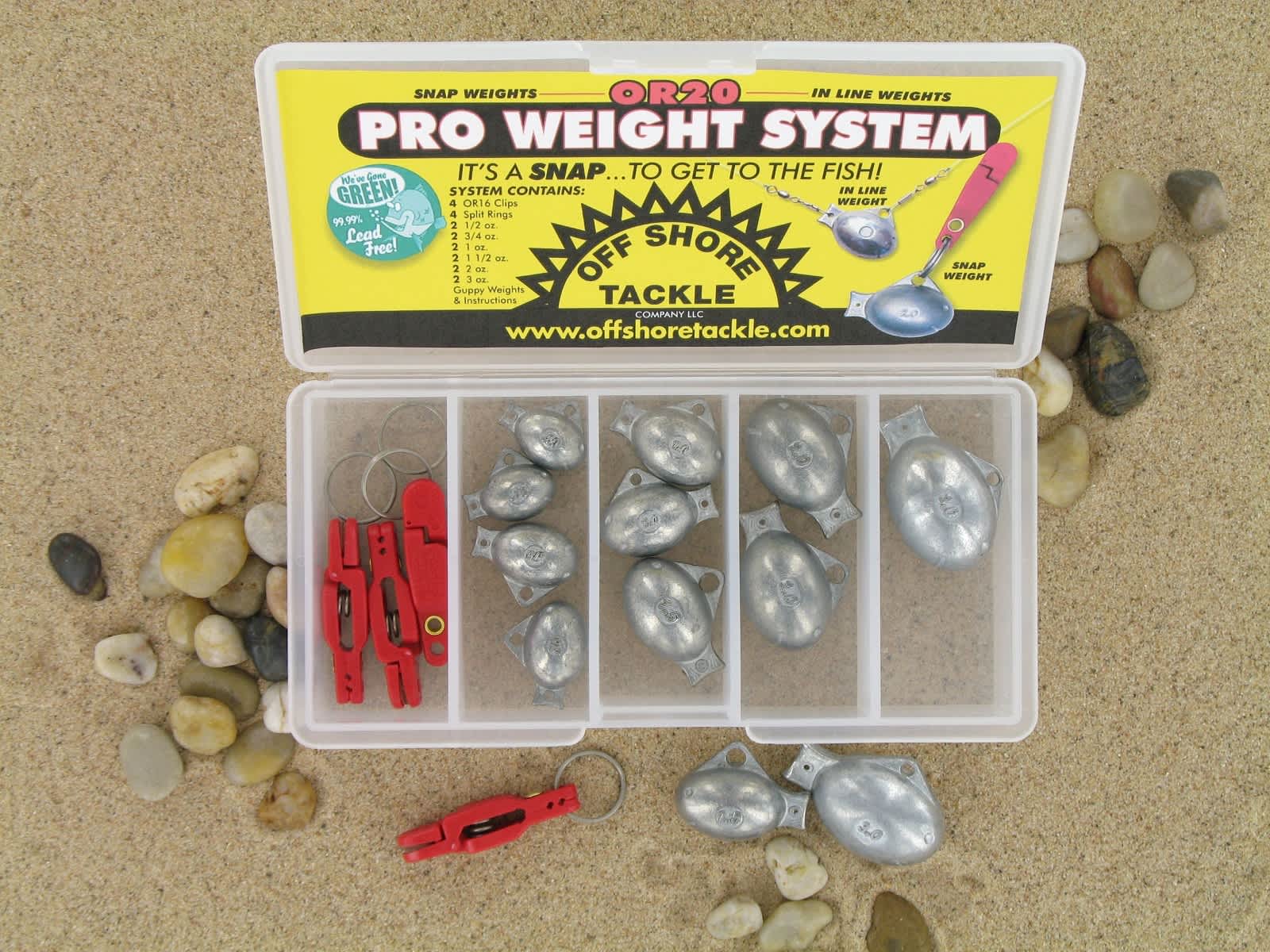Trolling at Depth: It’s a Snap
Dan Armitage 10.01.13

Come October, the game fish we target often demand that the baits be presented at a precise depth or they simply refuse ‘em. To do so from an anchored or slow-drifting boat, you can vertically jig using a set length of line or use sliding bobbers set to hold the bait at a particular depth. Late in the season, however, fish can be scattered as waters cool, yet holding at precise depths, and trolling may be the best way to locate pods of active, feeding fish.
Getting and keeping baits at a particular depth while trolling is practically an art in itself, involving “controlled depth” techniques and tools such as planing divers and downriggers. Usually employed to reach depths exceeding 30 feet or so, the latter are giant reels mounted on the boat’s transom and spooled with cable attached to a heavy “ball” that may weigh several pounds. When fish are located below the boat, the line from the rod and reel is clipped to the cable and the ball is dropped down to the desired depth. The lure or bait, trailing 10 to 100 feet or more behind the snap, is pulled through the water and remains at the desired depth, kept there by the weight of the downrigger ball. When a fish strikes the bait, the lines snaps free of the clip and the angler fights his quarry to the surface while the cable and ball remain below. The ball is cranked back to the surface when it’s time to re-attach the baited line, and then lowered back down.
If downrigger fishing sounds somewhat cumbersome, it is. For most casual anglers who, like me, enjoy the pace and fish-finding attributes of trolling, yet don’t want the expense or trouble of working with a downrigger to get baits to the depths where fish are found, there is an easy alternative: snap-on weights, generally referred to as “snap” weights. You can make your own or buy snap weights offered by companies such as Off Shore Tackle and Bullet Weights.
Unlike traditional in-line trolling sinkers that must be threaded onto the line each time you need to change weights, or bead-chain sinkers that must be tied into line, snap weights are simply sinkers attached to small spring-loaded snaps that are pinched on the line. Fitted with rubber pads on their gripping surfaces to clasp the line and hold there until removed, snap weights are easy to use, simple to change, and have made controlled-depth trolling much easier for anglers who want to keep things simple and still catch their share of fish.
To use these portable sinkers you simply select which size weight you think is needed to get your bait down to the desired depth and, in the case of snap weights, place it on the split ring attached to the snap, and pinch it on your line anywhere from 10 to 50 feet ahead of your bait. That bait can be anything from spoons and crankbaits to worm harnesses and minnow rigs. Any lure or bait that can be trolled traditionally with or without weights can be used with snap weights.
I keep a half-dozen weights of different sizes handy, already attached to the snaps so I don’t have to slip them on split rigs each time I adjust my weight. I also usually have my lure dragging in the water behind the boat, about 30 feet out or so, and then snap on the sinker and continue to release line until my presentation is 100 to 150 feet behind the boat. If I am scouting for fish, and not trying to get baits down to a precise depth where I have spotted fish on my sonar, I will set up several rods at different depths using different weights to see which depth works at catching fish. Once I figure that out, I set all the rods with that weight and that bait.
When landing a snap-weight-caught fish, I reel in until the snap is a few feet from my rod tip and I reach—or have my fishing partner reach over—and unsnap it and fight the fish the rest of the way in. That landing process is tricky when using snap-on weights, and it helps having an extra hand to keep tension on the line when unsnapping the sinker. But with practice, catching fish with snap-on weights will become routine.

